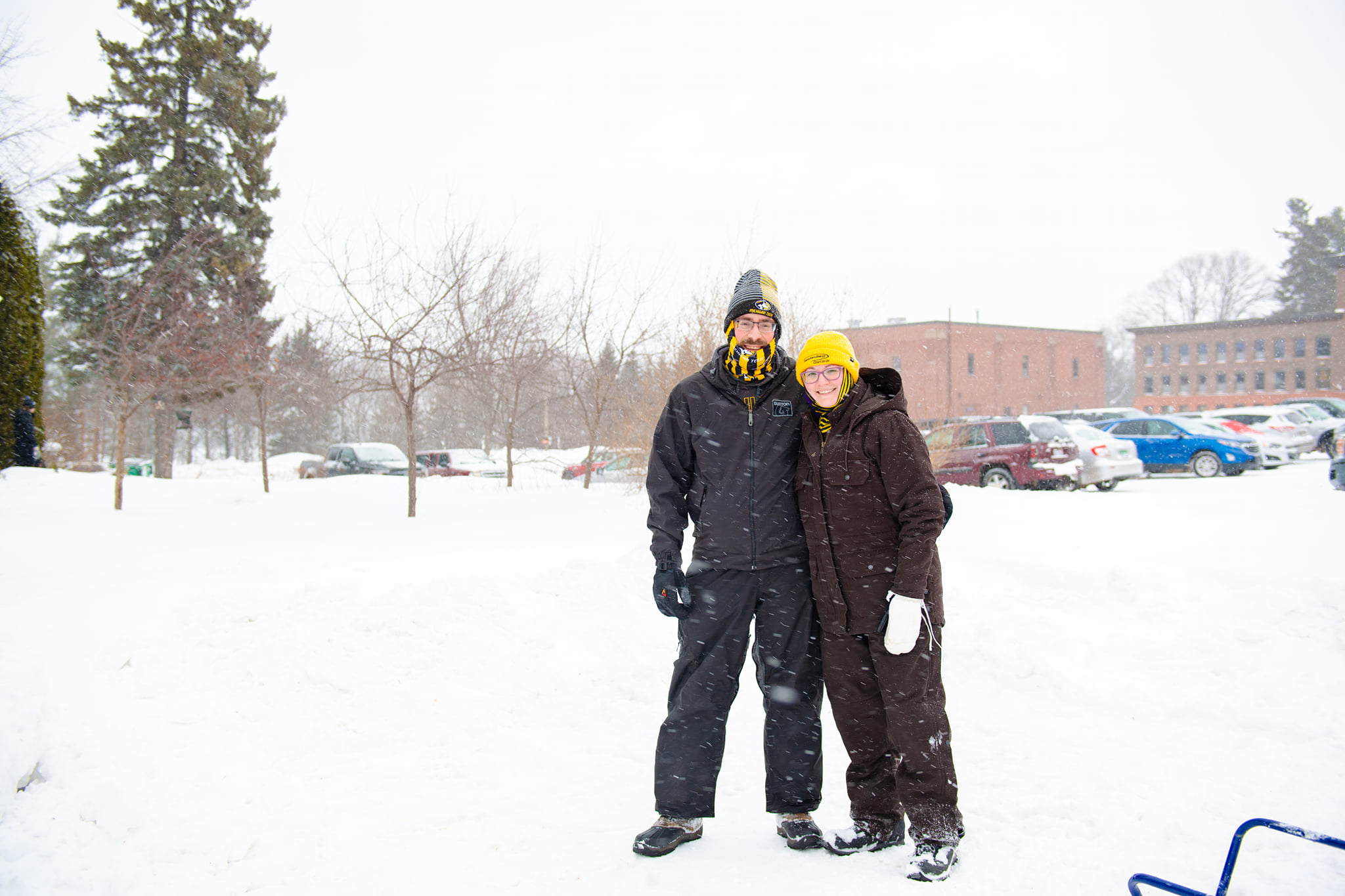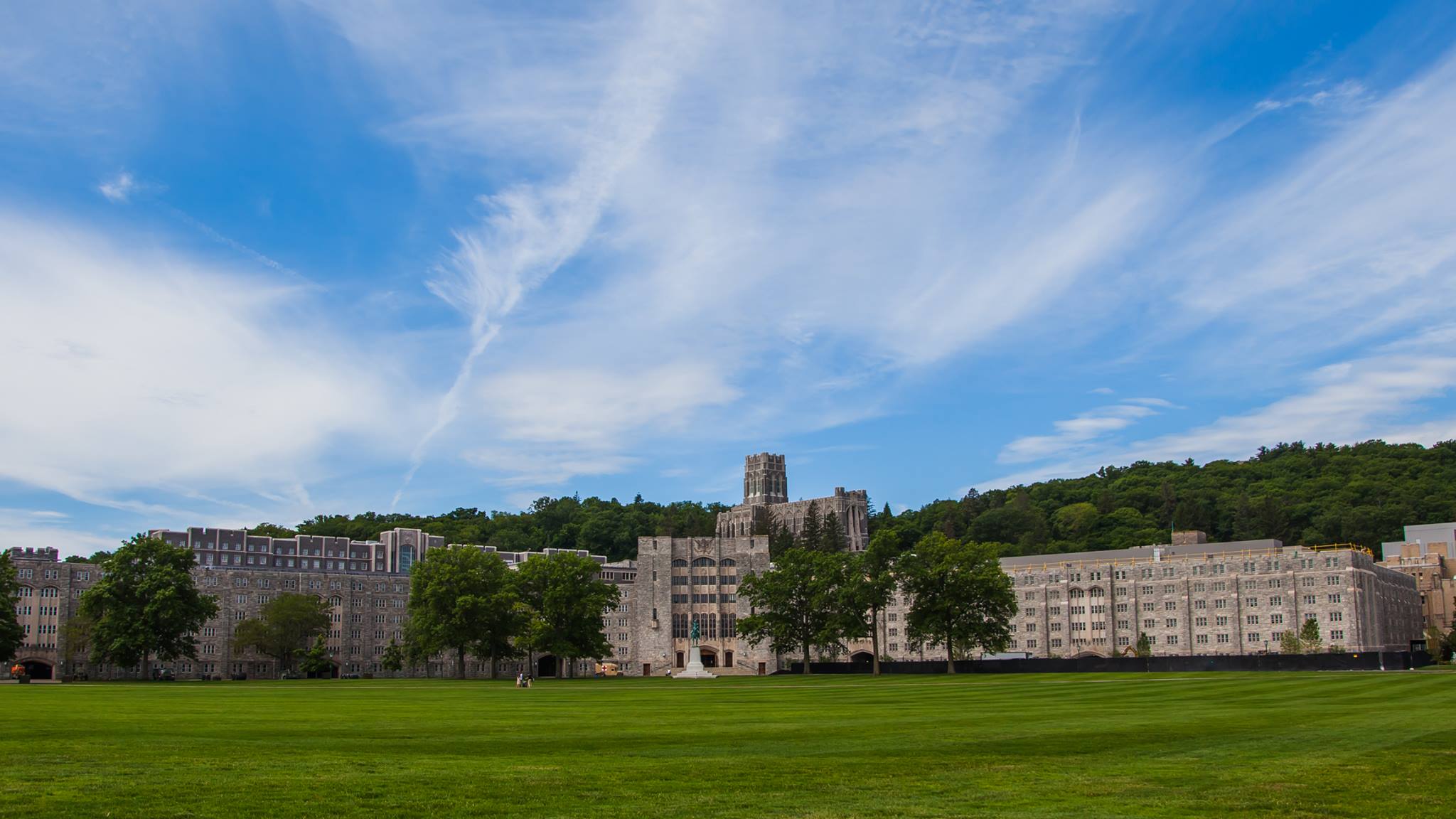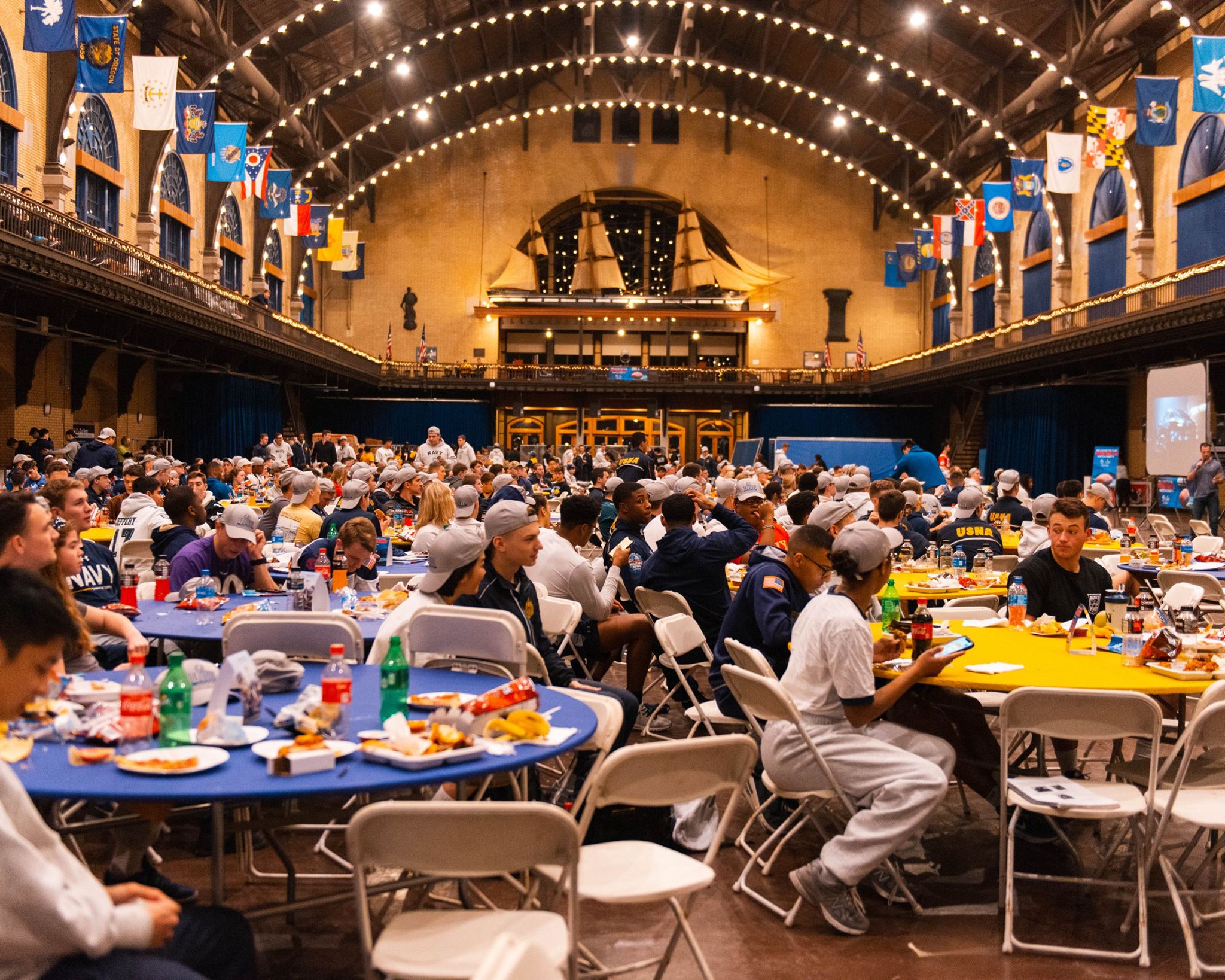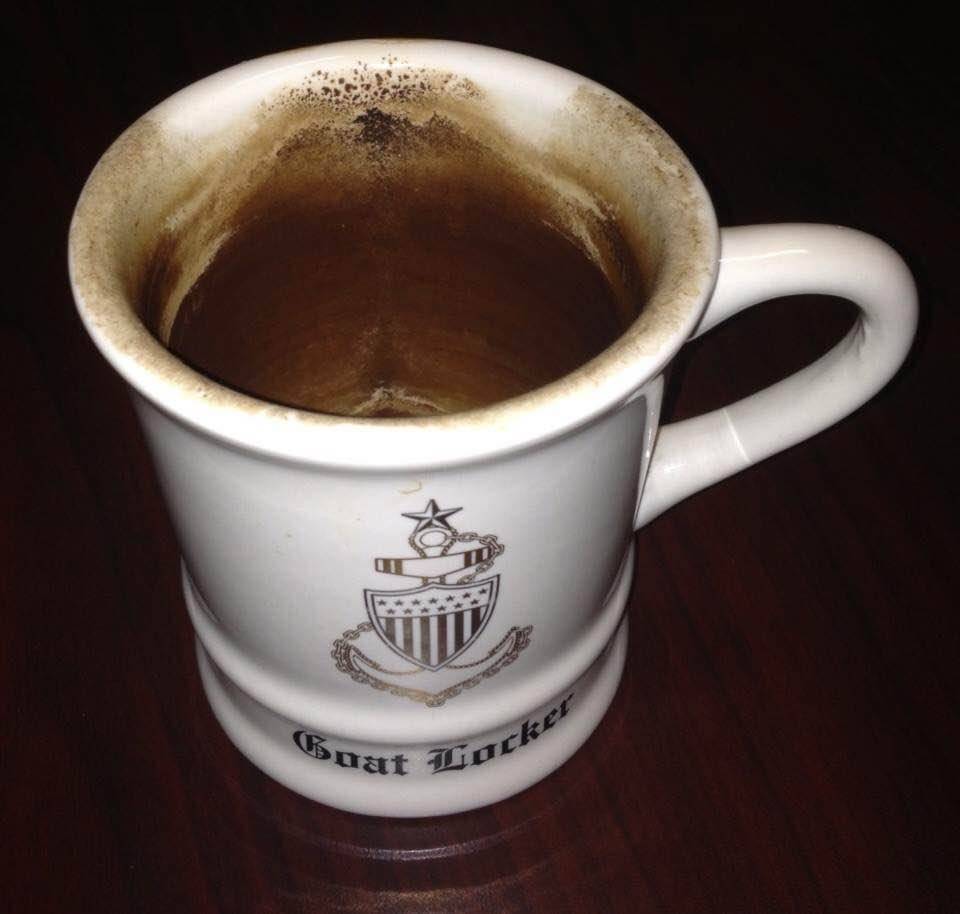Plenums & Ceilings
- Home Page 9

A melange of wine research
United States Food & Drug Administration | Distilled Spirits
— Dr. Maya C. Popa (@MayaCPopa) May 26, 2023
https://www.facebook.com/groups/1089237785165822/permalink/1515826392506957/
Wine consumption in the US is higher on the coasts. Source: https://t.co/iXiIdQ6kAW pic.twitter.com/eTw3KjaTxn
— Simon Kuestenmacher (@simongerman600) January 9, 2025
Old-Fashioned Beef Stew
Ingredients
- 1/4 cup all-purpose flour
- 1/4 teaspoon freshly ground pepper
- 1 pound beef stewing meat trimmed and cut into inch cubes
- 5 teaspoons vegetable oil
- 2 Tablespoons red wine vinegar
- 1 cup red wine
- 3 1/2 cups beef broth homemade or low-sodium canned
- 1 bay leaf
- 1 medium onion peeled and chopped
- 5 medium carrots peeled and cut into 1/4 inch rounds
- 2 large baking potatoes peeled and cut into 3/4 inch cubes
- 2 teaspoons salt
We Love Our Cowgirls 🤎🤠💛#NGWSD • #OneWyoming pic.twitter.com/CTdwRsuSiV
— Wyoming Athletics (@wyoathletics) February 7, 2024
Instructions
-
Wash hands with soap and water for 20 seconds.
-
Combine the flour and pepper in a bowl, add the beef and toss to coat well. Heat 3 teaspoons of the oil in a large pot. Add the beef a few pieces at a time; do not overcrowd. Cook, turning the pieces until beef is browned on all sides, about 5 minutes per batch; add more oil as needed between batches.
-
Wash the counter and utensils that touched the raw meat. Wash hands with soap and water after handling raw meat.
-
Remove the beef from the pot and add the vinegar and wine. Cook over medium-high heat, scraping the pan with a wooden spoon to loosen any browned bits. Add the beef, beef broth, and bay leaf. Bring to a boil, then reduce to a slow simmer.
-
Cover the pot and cook, skimming broth from time to time, until the beef is tender, about 1 1/2 hours.
-
While the beef is cooking, scrub the onion, carrots, and potatoes with a clean vegetable brush under cold running water. Prepare vegetables as directed in the ingredients.
-
Add the onions and carrots to the pot and simmer, covered, for 10 minutes. Add the potatoes and simmer until vegetables are tender, about 30 minutes more. Add broth or water if the stew is dry. Season with salt and pepper to taste.
-
Serve immediately.
Trump’s children all turned out so well pic.twitter.com/bZlmPunH2h
— Petronius Arbiter (@soulofpetronius) October 25, 2025
Cornish Pasties
Dining Services Recipe | MTU Alumni Recipe
Perfect weather for a Husky. 💛🐾#MichiganTech pic.twitter.com/iGuBVE484J
— Michigan Tech (@michigantech) January 24, 2024
2024 Financial Report: Net Position $479,190,705
Leās on ānum, leās on eallum
This content is accessible to paid subscribers. To view it please enter your password below or send mike@standardsmichigan.com a request for subscription details.
Bagel & Lox
Culture and Cuisine Recipe of the Week
Hamburg’s Master Plan for Education for Sustainable Development 2030
“With this weekly post we want to introduce you into the culinary range of the English speaking world. Each week we present you an iconic dish and give you information around its origin, preparation and eating habits. This week we are visiting the Big Apple – New York. Bagels can be regarded as a true American melting-pot meal.” — von Nadja Wostiera (Language graduate and blog author)
Standards Michigan: Food/Kitchen/Farm/Agriculture
Coffee Society
Annual report and financial statements 31 July 2024 | “Campus” Masterplan
Durham (Dunholm O.E.) as a Northumbrian learning settlement originates with its Cathedral; founded in 995 AD as part of a Benedictine monastery. Monks maintained libraries and created an intellectual hub for the English speaking peoples. Fast forward a millennium and we find “DU Coffee Society” which describes itself as a welcoming space for students to learn about coffee making, latte art and each other.
🗣️Did you miss out on Assembly last week? Don’t worry, our Media Observer, Nicole Ireland, was there to catch all the action!
Check out her report on our website here: https://t.co/lKSFHjhyyu pic.twitter.com/t70D0mKmcn
— Durham SU (@durhamSU) November 29, 2023
FYI:
LSE: “The Benefits and Costs of International Higher Education Students to the UK Economy
PwC: UK Higher Education Financial Sustainability Report
Don’t say ‘right-wing’, say ‘pattern recognizer’ https://t.co/0s5FNnlCOB pic.twitter.com/s0YuVy4jw6
— 𝒩𝒶𝓉𝒶𝓁𝒾𝒶 (@classicspilled) November 3, 2025
Autumn Syllabus Week 45 | November 3 – November 9
Jordan Peterson and Douglas Murray – The Importance of Gratitude
Monday | November 3 | Colloquium 16:00 UTC
Tuesday | November 4 | Colloquium 16:00 UTC
Wednesday | November 5 | Colloquium 16:00 UTC
Thursday | November 6| Colloquium 15:00 UTC
Welcome to math class!
Year 16, woot woot! pic.twitter.com/5IIuQ3Tomc— Ashley (@PlanterAsh) November 6, 2025
Friday | November 7 | Colloquium 15:00 UTC
Saturday | November 8
Sunday | November 9
Reveille
Reveille, from the French réveiller (“to wake up”), originated in 17th–18th century European armies as a drum or bugle signal to rouse troops at dawn. Formalized in the British and later U.S. military, it marked the start of the duty day, prompting soldiers to rise, dress, and assemble. The traditional U.S. bugle call, composed around 1812, features a lively, ascending melody played at first light (typically 5–6 AM). In barracks and bases, it remains a daily ritual, symbolizing discipline, readiness, and unity—often followed by flag-raising and morning formation.
Reveille on bugle | West Point Bandhttps://t.co/0YUShA67DC@WestPointBandhttps://t.co/RTZEd0L8nI pic.twitter.com/Qk8SowaWOM
— Standards Michigan (@StandardsMich) November 8, 2025
🌲 When you’re out in the field, there are no shortcuts.
Survival training prepares cadets for those moments—teaching them how to navigate unknown terrain, sustain themselves with limited resources, and always stay mission-ready.
#CST2025 pic.twitter.com/36GPy4EApW— U.S. Military Academy at West Point (@WestPoint_USMA) June 16, 2025
Dahlgren Hall & “Seasoned” Coffee Mug Stories
Named after Rear Admiral John A. Dahlgren (1809-1870) an influential figure in the development of naval ordnance during the United States Civil War. It served as an armory and drill hall for midshipmen. Its open space was ideal for indoor drills and military exercises.
The hall was constructed between 1899 and 1903. Its design was overseen by Ernest Flagg, a prominent architect who designed several buildings at the Naval Academy. Today it houses the Drydock Restaurant, a gathering place for midshipmen, faculty, and visitors.
New update alert! The 2022 update to the Trademark Assignment Dataset is now available online. Find 1.29 million trademark assignments, involving 2.28 million unique trademark properties issued by the USPTO between March 1952 and January 2023: https://t.co/njrDAbSpwB pic.twitter.com/GkAXrHoQ9T
— USPTO (@uspto) July 13, 2023
Standards Michigan Group, LLC
2723 South State Street | Suite 150
Ann Arbor, MI 48104 USA
888-746-3670
























